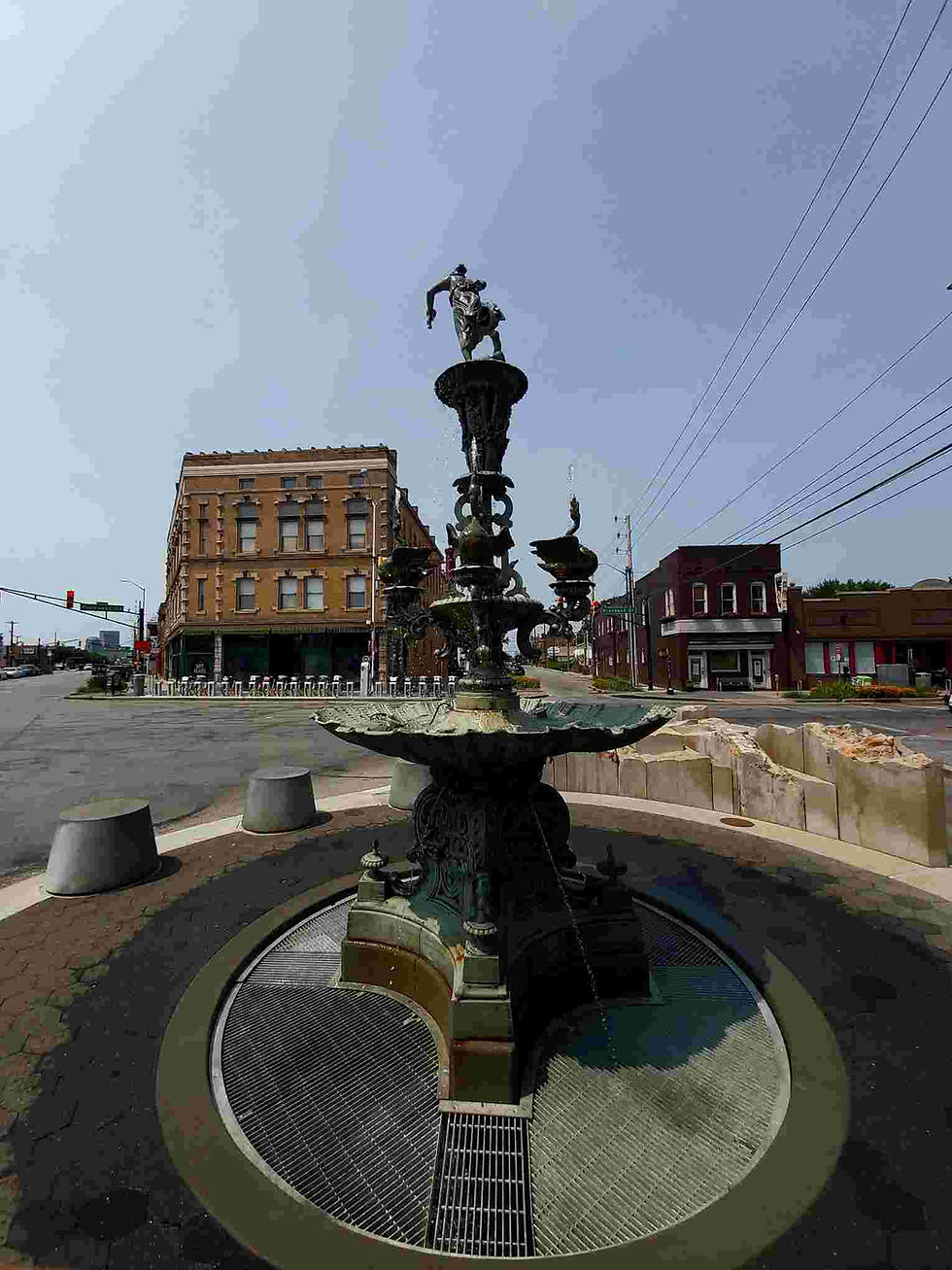Jordan: Al Himma
- Matthew P G

- Sep 5, 2022
- 3 min read

Yarmouk River with Golan Heights behind (note the border fence)

Cave and fresh water pool

Cave dining. June 2017
On top of the high plateau at Umm Qais, we looked out over the Jordan Valley, Lake Tiberias (the Sea of Galilee), the Yarmouk River Valley, and the Golan Heights. It was all pretty damn impressive. I am not sure how we got on the topic, but NH knew of a place called Al Himma along the Yarmouk River that was supposed to be interesting. It was on Google Maps and not that far of a drive. The only issue was it was RIGHT in front of the Golan and the area was very sensitive militarily. We adopted the attitude "you never know till you try" and drove down the steep flank of the escarpment toward the Yarmouk River.
At a fork in the road we turned right (almost all traffic was turning left) and headed toward Al Himma. We came to the army checkpoint and they just waved us through! We were amazed. The road came closer and closer to the river and the Golan loomed as a huge hill on the other side. I was right under the Golan Heights - a place I never expected to be. NH, however, was lost. Not for directions, but for what exactly we were supposed to do. He really wasn't sure what Al Himma was famous for. For him it was just a "famous place along the Yarmouk River" that had been off-limits for all of his adult life.
We saw a large parking area, parked in the shade, and walked inside an establishment that looked kind of like a restaurant, but we weren't sure. NH finally figured it out - it was an "istiraha" (a place to hang out) that the Middle East was famous for. At midday on a weekday most such places were empty since they were night and weekend venues, so they didn't charge us too much just to have a look around. It turned out to be an amazing place.
The Yarmouk River in that area was actually in a deep canyon with the very dry, stark Golan Heights rising on the Syrian side. However, on the southern (Jordanian) side, there were eroded cliffs with caves, a profusion of dripping water, and vegetation. The Jordanians had built a series of viewing and "resting" platforms where people could sit, drink tea, smoke shisha, and have light snacks while listening to the rushing waters of the river below. Unfortunately, the years of conflict had all but dried up business. The place was fascinating with many shallow caves and pools of clear water . Empty tables and chairs were scattered all the way to the bottom. There were several businesses, too, all claiming a section of the cliff face. It was one of the best surprises of the trip - for NH, too.
Later, his dad told him it used to be a very popular hang out in his youth and he had many fond memories of sitting along the river with his friends. With all the years of strife and businesses being repeatedly opened and shut, people just stopped going. They still got customers, but never as before - all the places just holding on by a thread in hopes that real peace would come one day and the crowds from Irbid and Amman would return.
That part of the trip to Umm Qais was a real bonus. I was excited to see the famous Roman ruins on top of the mountain, but ended up being captivated by a forgotten istiraha on the Yarmouk River. By accident, I discovered with my Jordanian friend a special place forgotten by most people under the Golan Heights. There we saw the menacing border fence that still clung to the face of the opposite cliff as a reminder it was still "off limits" to all but the bravest travelers.



Comments